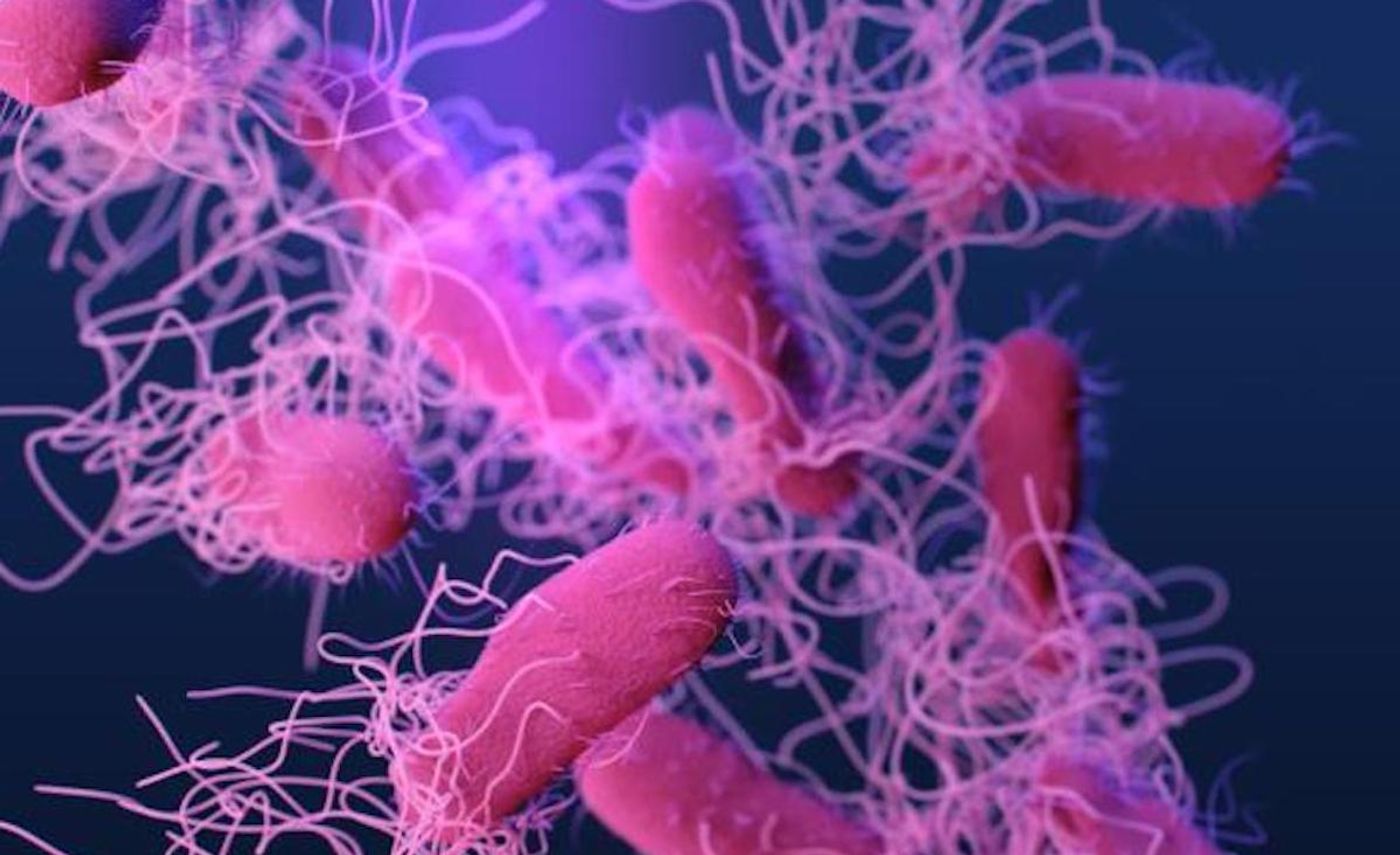Ongoing Salmonella Outbreak Rapidly Spreads to 23 States
The Centers for Disease Control and Prevention (CDC) has announced that an outbreak of infections related to a strain of the bacterium Salmonella "is rapidly growing in size." As of July 23, 2020, there have been 212 reported cases in 23 states in the US, and though no one has died yet, 31 people have been admitted to the hospital. Salmonella is typically a foodborne illness and can usually be traced to a source and contained. Unfortunately, the source of the infections has not yet been identified, and health officials are still working with those that have been infected to figure out where they acquired it.
A list of states (and the number of cases that have been identified there) is as follows: Arizona (13), California (10), Florida (1), Idaho (5), Illinois (9), Iowa (10), Maine (2), Michigan (15), Minnesota (3), Missouri (3), Montana (11), Nebraska (5), North Carolina (3), North Dakota (3), Ohio (5), Oregon (51), South Dakota (6), Tennessee (2), Utah (40), Virginia (3), Washington (1), Wisconsin (2), Wyoming (9), illustrating the expansive spread of the illness.
In this outbreak, people of all ages, from 0 to 92, have been affected. Reporting delays mean that more infections may have occurred since the July 23 statement.
Salmonella infections usually cause illness as soon as six hours and within six days after exposure to the pathogen. It usually results in a gastrointestinal sickness that causes fever, diarrhea, and stomach cramps, and can often resolve on its own, but if the bacterium gets into the bloodstream it can become more serious.
Preventing Salmonella infections involves good food-handling practices. When preparing food, wash hands, utensils, and surfaces well and often. Wash produce before eating or cutting it, and separate types of food to reduce cross-contamination between foods eaten fresh and those that get cooked. Food that is cooked should reach proper temperature, and perishable foods should be refrigerated.
Learn more about preventing Salmonella infection from the video above, and the symptoms it causes fromthe video below.
Sources: CDC









